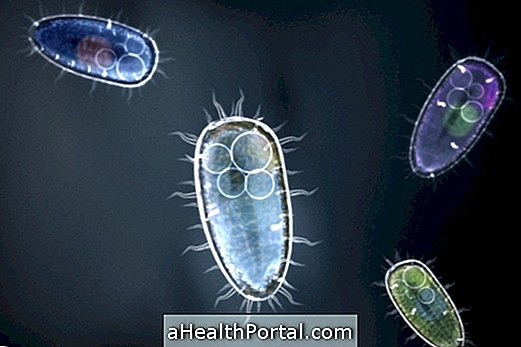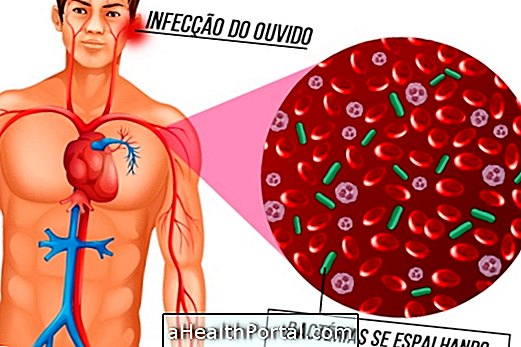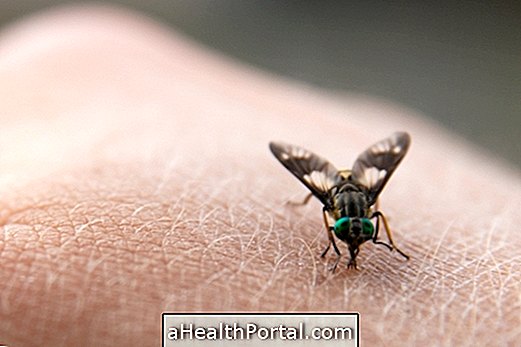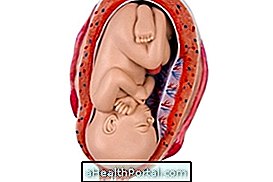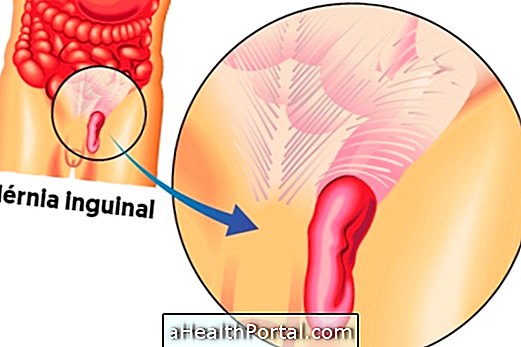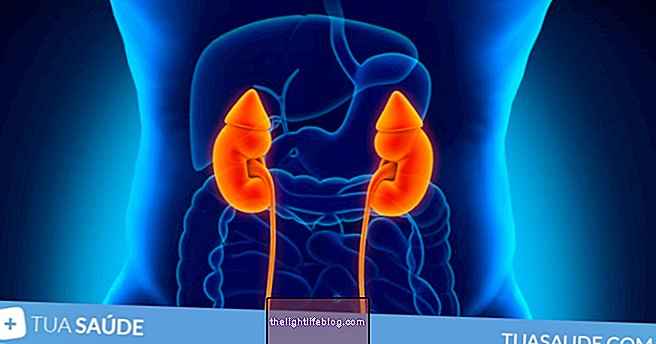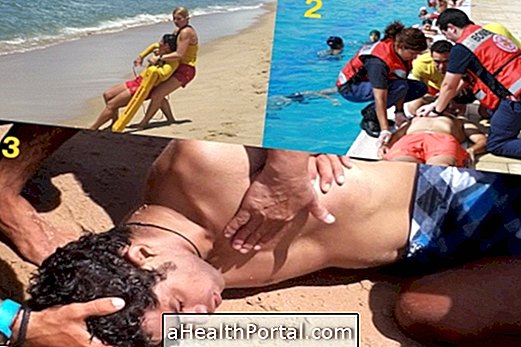Visceral leishmaniasis, also known as kalazar or tropical splenomegaly, is a disease caused in Brazil by the protozoan Leishmania chagasi, and occurs when a mosquito bites a person or animal carrying the infection, especially the dog, and then transmits the disease stinging other people.
The mosquito that transmits the disease is small, light-colored, and lives in dark, humid environments and with organic garbage accumulation as in chicken coops, for example. These mosquitoes belong to the species Lutzomia longipalpis and L. cruzi, and they have the habit of stinging especially late in the afternoon.
This type of leishmaniasis mainly affects children older than 10 years and adults living in poor places, with little basic sanitation and with some nutritional deficiency such as lack of iron, proteins and vitamin A. The Brazilian region most affected is the northeast and it is believed that children are the most affected because they spend more time exposed to animals, have more nutritional deficiency and their immune system is not yet very strong and is developing.
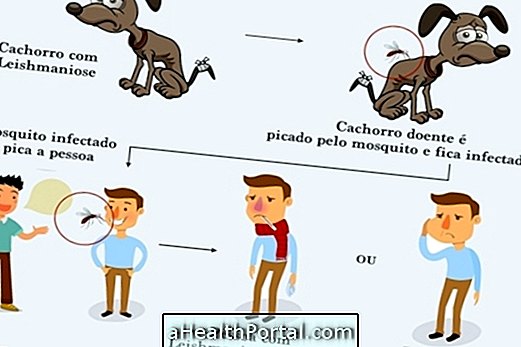
Main symptoms
After the mosquito bites the disease, protozoa spread through the bloodstream and by organs responsible for forming blood cells and immunity of the body, such as spleen, liver, lymph nodes and bone marrow, causing the following symptoms:
- Chills and high fever, that goes back and forth, long lasting;
- Enlargement of the abdomen due to enlargement of the spleen and liver;
- Weakness and excessive tiredness;
- Weight loss;
- Paleness due to anemia caused by the disease;
- Easier bleeding from the gums, nose or stools, for example;
- Frequent infections by viruses and bacteria due to immunity;
- Diarrhea.
Visceral leishmaniasis has an incubation period between 10 days to two years, and as this is not a common disease and its symptoms slowly appear, they can be confused with other diseases like malaria, typhoid, dengue or zika, for example, therefore, in the presence of these symptoms, it is important to seek medical attention for the correct diagnosis and treatment.
It should be remembered that lesions and ulcers on the skin happen by another type of leishmaniasis, called cutaneous or tegumentary. Also know what causes and how to identify cutaneous leishmaniasis.

How to confirm
The main way to diagnose visceral leishmaniasis is by observing or culturing the parasites in blood samples aspirated from the bone marrow, spleen or lymph nodes.
In addition, there are immunological blood tests, known as ELISA, IFAT, rK29 or PCR, found in more sophisticated laboratories that help confirm the disease.
How is the treatment done?
Treatment for visceral leishmaniasis should begin as soon as possible and can be done by taking specific medications, such as Pentavalent Antimony Compounds, Amphotericin B, Pentamidine, and Aminosidine prescribed by your doctor.
At the start of treatment it is also important to have some care, such as the evaluation and stabilization of clinical conditions, such as malnutrition and bleeding, as well as the treatment of other accompanying infections. It may be necessary to remain hospitalized for use of medicines in the vein, but in cases where the infection is stable and there is easy access to the hospital, the doctor can recommend home treatment and go to the hospital for follow-up.
This disease should be treated quickly as it worsens within a few days and can therefore be life threatened by complications such as lung infection, respiratory failure, gastrointestinal bleeding, circulatory insufficiency or by opportunistic infections, by viruses and bacteria.
Learn more details on how the treatment is done for visceral leishmaniasis and its signs of improvement or worsening.
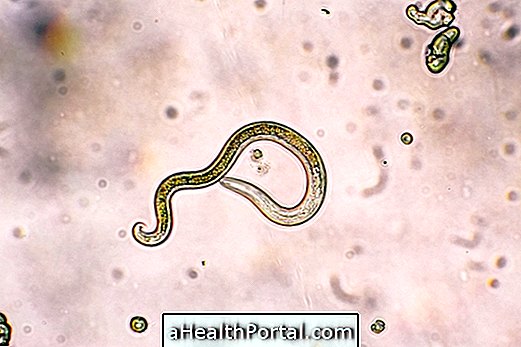

-o-que--sintomas-transmisso-e-tratamento.jpg)
